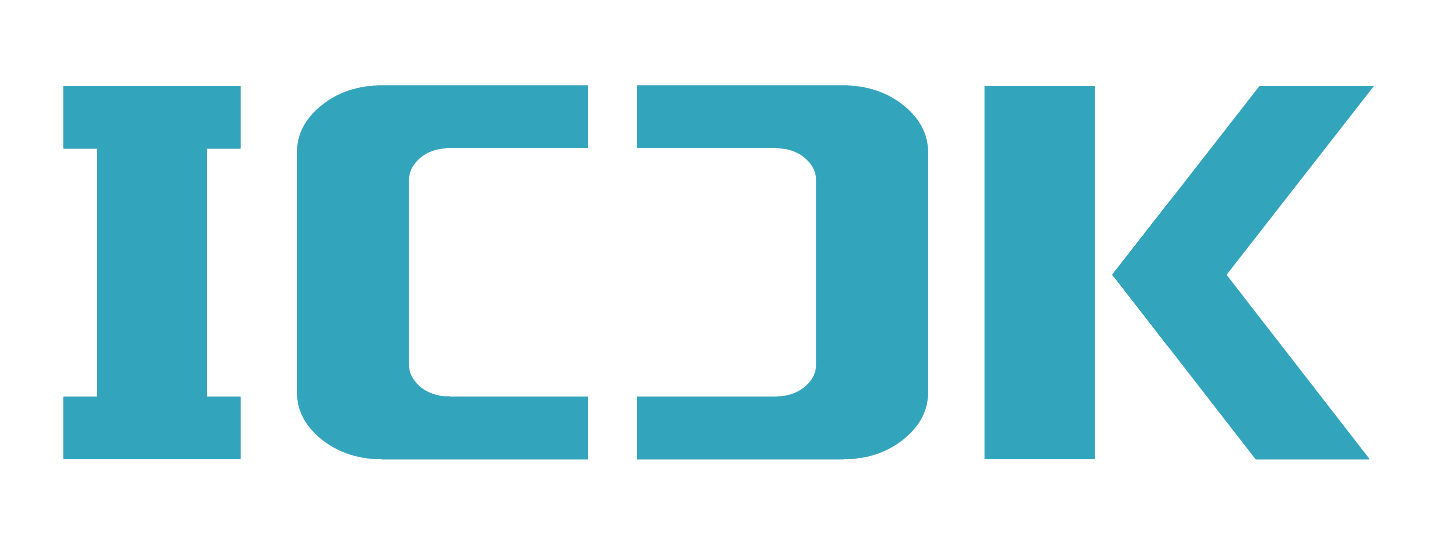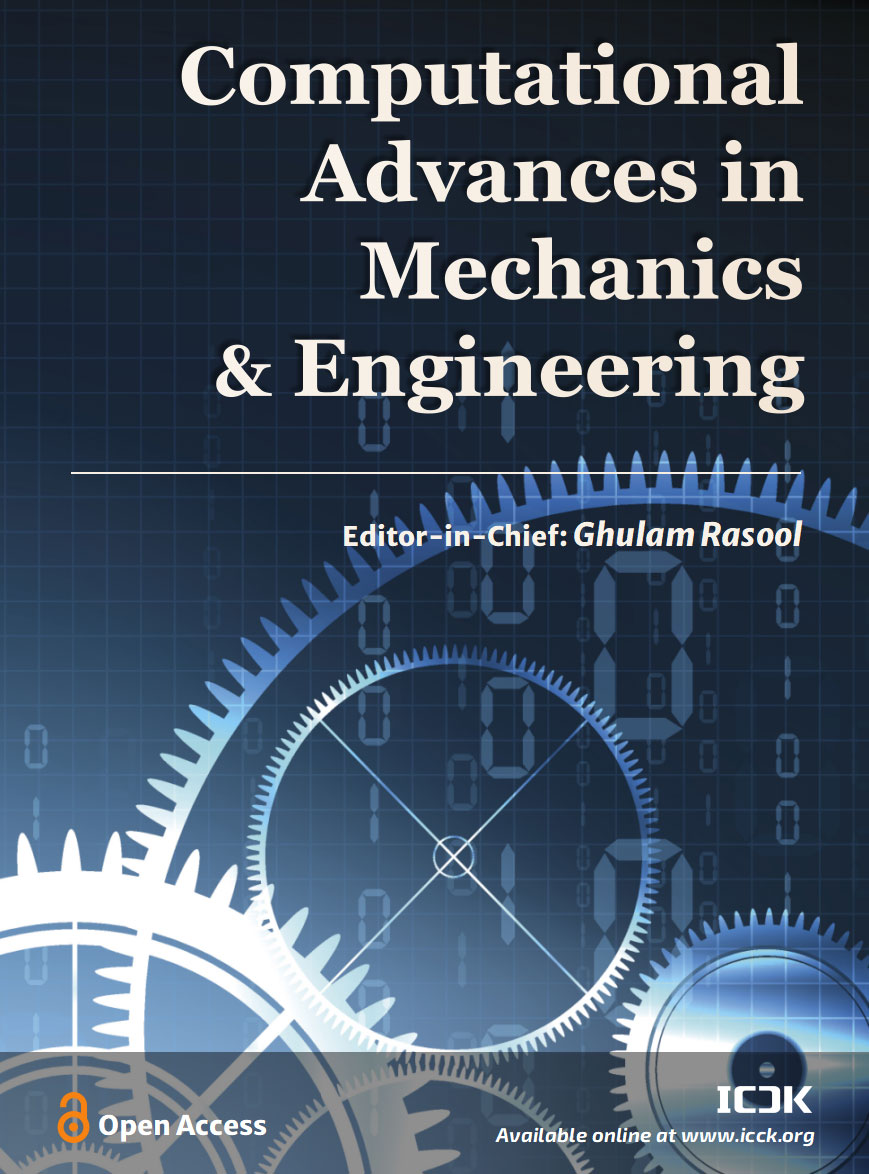About the Journal
Computational Advances in Mechanics and Engineering
ISSN: pending
Abbreviation: Comput. Adv. Mech. Eng.
CODEN: CAME
Publishing model: Open Access
DOI Prefix: 10.62762/CAME
Official website: https://www.icck.org/came
Aims & Scope
Aims
Computational Advances in Mechanics and Engineering (CAME) is a peer-reviewed journal dedicated to publishing high-quality original research and review articles in the fields of computational mechanics, numerical methods, and their applications in engineering and applied sciences. The journal aims to provide a platform for the dissemination of innovative computational techniques, algorithms, and models that advance the understanding and solution of complex mechanical and engineering problems. Topics of interest include, but are not limited to, finite element methods, multiscale and multiphysics modeling, computational fluid dynamics, structural analysis, and emerging areas at the interface of mechanics, computation, and data science.
Scope
The scope of the Journal includes, but is not limited to:
• Finite element, finite volume, and mesh-free methods
• Multiphysics and multiscale simulations
• Computational fluid and solid mechanics
• Large deformation and nonlinear dynamics
• Fluid-structure interaction and contact mechanics
• Computational fracture mechanics and damage modeling
• High-performance and parallel computing techniques
• Machine learning and data-driven approaches in computational mechanics
• Verification, validation, and uncertainty quantification in simulations
• Applications to aerospace, automotive, biomedical, geotechnical, and energy systems
Publication Frequency
Quarterly
Ownership

The journal is owned by Institute of Central Computation and Knowledge Inc.
Archiving
All journals published by ICCK are archived in Portico, which provides permanent digital archiving for scholarly journals.
Copyright and Licensing
Articles published in CAME will be Open-Access articles distributed under the terms and conditions of the Creative Commons Attribution 4.0 International (CC BY). Under this license, author(s) retain ownership of the copyright for their article, but authors allow anyone to download, reuse, reprint, distribute, and/or copy articles published in CAME, so long as the original author(s) and source are cited.
Peer Review
The journal adheres to rigorous peer review and undergoes single-blind peer review. For more details, please refer to Editorial Process and Peer Review Policy.
Editorial Process
All manuscripts submitted to CAME should adhere to journal's Editorial Process.
Plagiarism
Plagiarism detection is performed at ICCK using the iThenticate- Crossref Similarity Checking tool. This web-based tool is employed in the editorial process to identify potential text plagiarism. It's important to note that while iThenticate can identify matching text, it cannot independently determine whether plagiarism has occurred. Manual examination of the matching text is still necessary, and judgment must be exercised to ascertain the presence or absence of plagiarism. The similarity report might be sent to the author for revision whenever needed.
Publication Ethics Statement
ICCK is responsible for implementing rigorous peer review and strict ethical policies and standards to ensure that high quality scientific work is added to the field of scholarly publishing. ICCK takes such publishing ethics issues very seriously, and our editors are trained to enforce COPE's Core Practices and Guidelines, with a zero-tolerance policy for plagiarism, data falsification, and other behaviours. To verify the originality of content submitted to our journals, we use iThenticate/Crossref Similarity Check to check submissions against previous publications.
Advertising
The journal does not accept any commercial product advertisements until policy changes otherwise.
Direct Marketing
Journal propagation has been done through the journal website and distribution of an introduction pamphlet. Invitations to submit a manuscript are usually targeted towards presenters at conferences, seminars, or workshops related to the journal's aims and scope.



